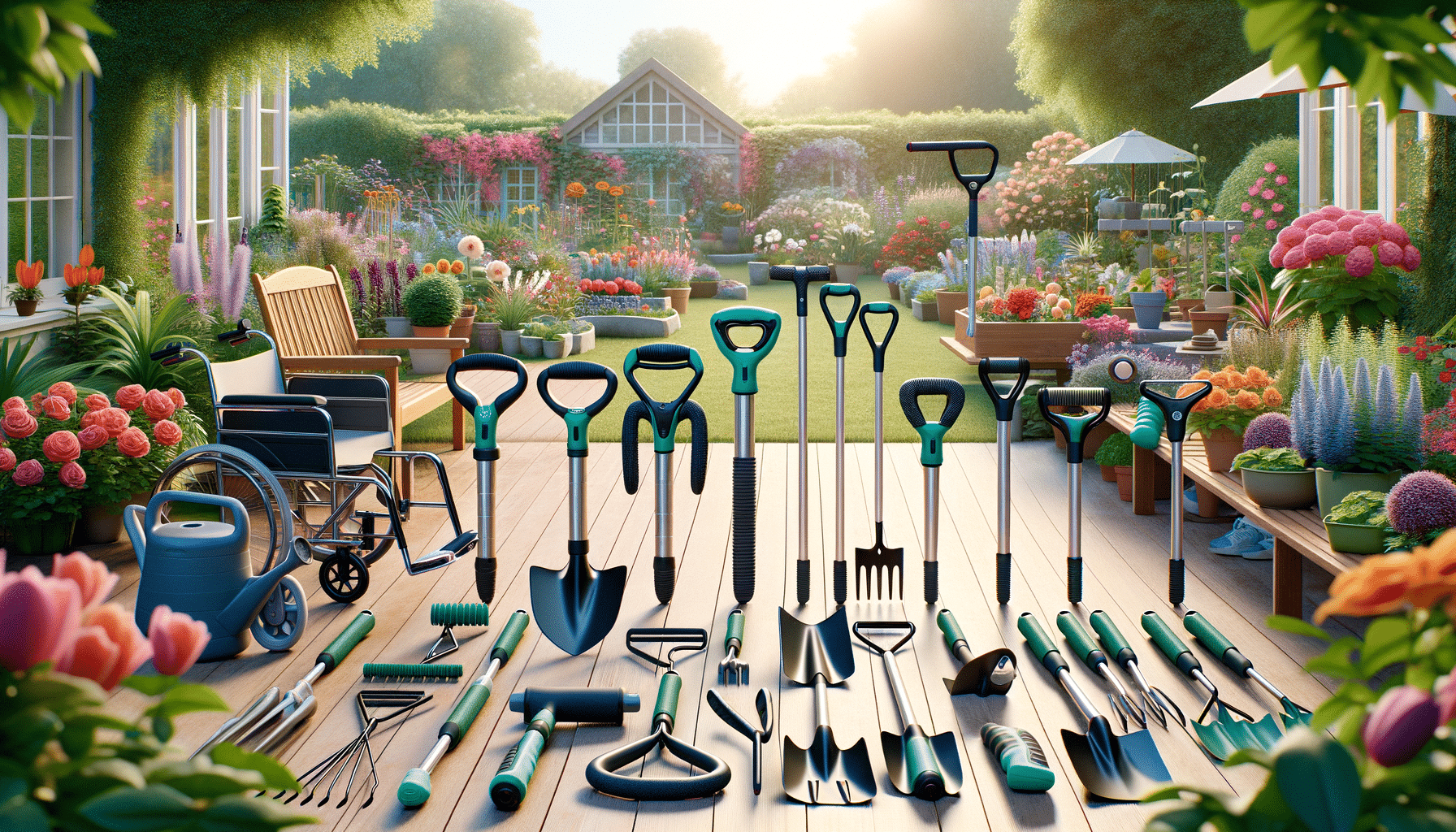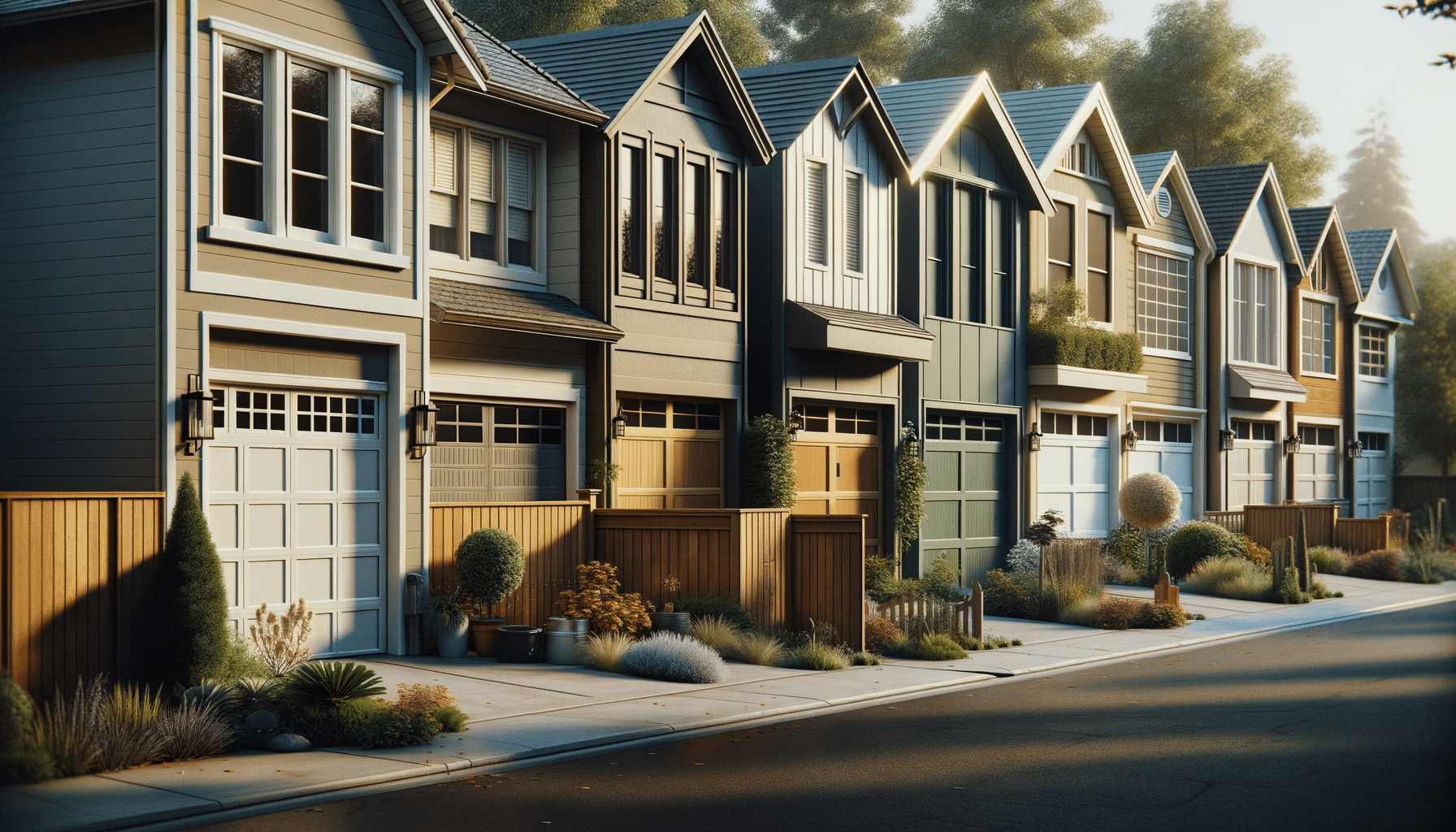
Adaptive Gardening for Seniors and People with Disabilities. Discover Tools That Actually Make a Difference.
Gardening for Seniors: A Path to Wellness and Joy
Gardening is more than just a pastime; it is a gateway to physical health, mental clarity, and emotional satisfaction. For seniors, it can offer a unique opportunity to engage with nature, stay active, and cultivate a sense of achievement. Engaging in gardening activities can enhance flexibility, strength, and endurance, providing a natural form of exercise that is both gentle and rewarding. Studies have shown that regular gardening can reduce stress, lower blood pressure, and improve overall mental well-being. The act of nurturing plants and watching them grow can instill a sense of purpose, boosting morale and self-esteem.
However, as we age, certain physical challenges may arise, making traditional gardening methods difficult. Seniors may face issues such as reduced mobility, arthritis, or other health conditions that can hinder their ability to garden. This is where adaptive gardening techniques and tools come into play. Raised garden beds, vertical planting, and container gardening are some methods that can make gardening more accessible. These approaches allow seniors to enjoy gardening without having to bend or kneel excessively, reducing strain on joints and muscles.
Community gardens and local programs often provide resources and support for seniors interested in gardening. These programs can offer social interaction, fostering a sense of community and belonging. By participating in group gardening activities, seniors can share knowledge, learn new skills, and enjoy the camaraderie of fellow gardeners. Gardening for seniors is not just about growing plants; it’s about growing connections and nurturing a fulfilling lifestyle.
Gardening Tools for the Elderly: Enhancing Accessibility and Comfort
As the gardening community grows more inclusive, the market for gardening tools tailored to the needs of the elderly has expanded. These tools are designed to enhance comfort, reduce physical strain, and make gardening more accessible for seniors. Ergonomically designed tools with padded grips and lightweight materials can significantly ease the gardening process for those with limited strength or dexterity.
Long-handled tools are particularly beneficial for seniors who have difficulty bending or kneeling. These tools allow users to reach the ground without straining their backs, making tasks like weeding, planting, and digging more manageable. Additionally, tools with adjustable handles can be customized to suit the user’s height and preference, further enhancing comfort and usability.
For seniors with arthritis, tools with larger, cushioned handles can alleviate pressure on the joints, allowing for a more comfortable grip. Look for tools labeled as “arthritis-friendly” or “ergonomic” to ensure they meet the specific needs of those with joint pain. Some popular options include trowels, pruners, and cultivators designed with arthritis in mind.
Adaptive gardening tools are not just about functionality; they are about empowering seniors to continue doing what they love. By investing in the right tools, elderly gardeners can maintain their independence and enjoy the therapeutic benefits of gardening well into their golden years.
Adaptive Gardening Tools for the Disabled: Designing for Inclusion
Gardening can be a fulfilling and therapeutic activity for people with disabilities, providing a sense of achievement and connection with nature. However, traditional gardening tools and methods may not be suitable for everyone. Adaptive gardening tools are specifically designed to overcome these barriers, enabling individuals with disabilities to engage in gardening activities with ease and comfort.
One of the key features of adaptive gardening tools is their customization to meet the specific needs of individuals. Tools with adjustable handles, for instance, can accommodate different heights and reach, making them accessible for wheelchair users or those with limited mobility. Additionally, lightweight materials and ergonomic designs reduce the physical effort required, allowing users to garden for longer periods without fatigue.
For individuals with limited hand strength or dexterity, tools with larger, cushioned grips can provide better control and comfort. Some tools are equipped with ratchet mechanisms, which require less force to operate, making them ideal for tasks like pruning or cutting. Raised garden beds and vertical planters are also popular adaptations, allowing gardeners to work at a comfortable height without the need for bending or kneeling.
Adaptive gardening is not just about tools; it’s about creating an inclusive environment where everyone can experience the joys of gardening. By understanding and addressing the unique challenges faced by individuals with disabilities, we can design gardens and tools that promote accessibility, independence, and a sense of community.


